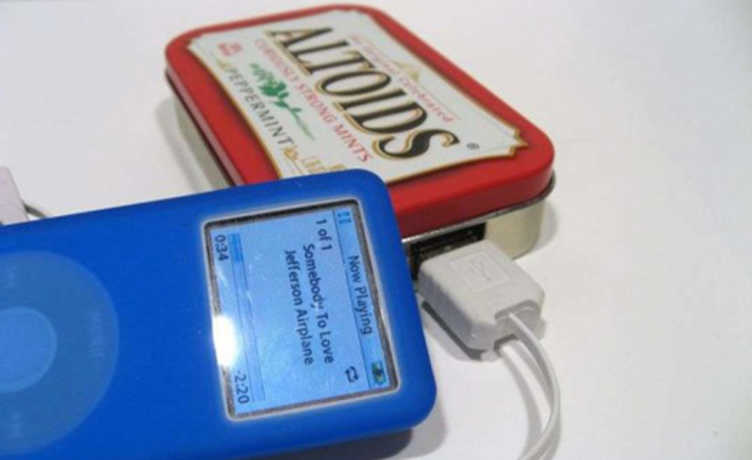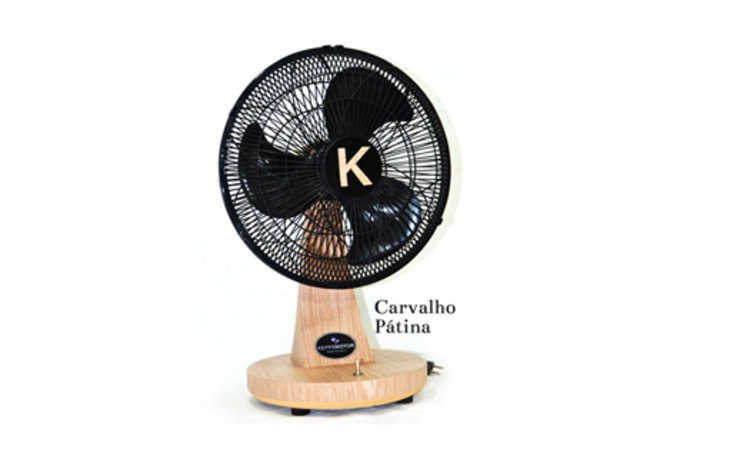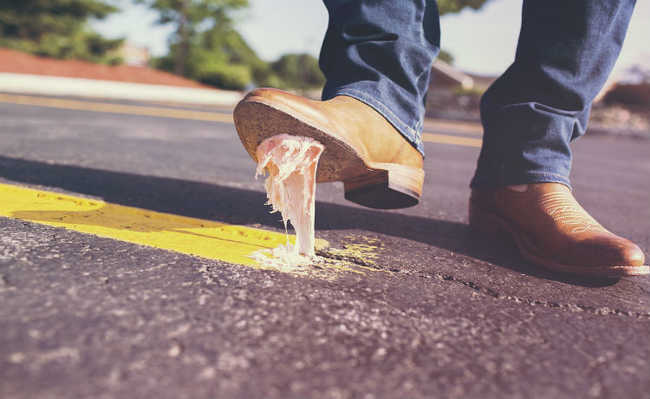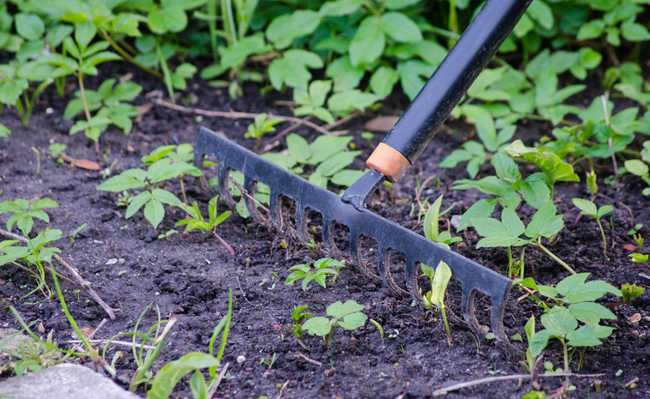Recycling: what is it and why is it important
Recycling, as well as the treatment given to waste, is older than you think
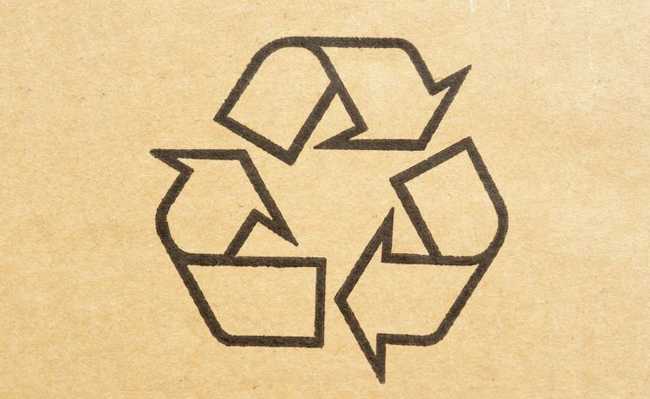
Image: Recycle symbol stamped on cardboard by Creativity103 is licensed under CC BY 2.0
Recycling is the process in which there is the transformation of solid waste that would not be used, with changes in its physical, physical-chemical or biological states, in order to attribute characteristics to the waste so that it becomes a raw material or product again, according to the National Solid Waste Policy (PNRS).
- Recycling symbol: what does it mean?
It is part of the three "R's" or "errs": recycling, reuse and reduction. As recycling consists of reprocessing an item, it is different from reuse (in which there is only the use of the item for another function) and reduction (which consists in reducing the consumption of certain products).
But this "cold definition", although important, does not lead us to the origin of the story nor does it help to understand the importance of recycling. In addition to asking yourself "what is recycling", have you ever wondered "how did the practice of recycling things come about? Let's start from the source: garbage. But first, take a look at the channel's exclusive video eCycle portal on YouTube - enjoy and subscribe to follow the releases:
What is the origin of recycling
Since the world is the world, garbage exists. The nomads already discarded the remains of the animals they hunted and, as man became more “civilized”, the amount of garbage produced by him also increased.
According to a study by the State University of Rio de Janeiro (UERJ), ancient civilizations (such as the Hindus) already had a sewer system, in addition to paving the streets. The Israelites, for example, had explicit rules on how to dispose of their excrement and the remains of sacrificed animals, as well as corpses and rubbish produced in the kingdom.
In the Middle Ages, it is known that several Italian cities had rules for the disposal of objects and animal carcasses, as well as the elimination of standing water and the prohibition of garbage and feces on the streets.
It was also in the Middle Ages that the first garbage collection services appeared. Initially, these were provided by private individuals, but when they failed, the public service was chosen – which was performed by the city's executioners and their assistants, often with the help of prostitutes.
However, in the second half of the 19th century, with the Industrial Revolution, there was a significant increase in waste production, causing serious health impacts. It was necessary to plan new measures to alleviate the complicated situation in the working-class neighborhoods and also in the affluent neighborhoods.
In the 20th century, the issue of garbage was no longer just about the disposal of organic materials. The destination of all this waste (including industrial) was also a big problem, so much so that until the middle of the century, the USA and Europe dumped a large part of the waste collected in the seas, rivers and neighboring areas.
However, until that moment, the world had never produced so much in every imaginable aspect. The Industrial Revolution brought with it new levels of production and, from that moment on, the disposal situation became something more complex and worrying. If before, garbage was made up only of organic material, now it has different characteristics: it can be electronic, radioactive, industrial, chemical, among others.
With this, the need arose to think of alternatives other than simply storing all this waste in landfills or disposing of it irregularly in the environment, since most "modern garbage" takes much longer to disintegrate naturally. Thus, recycling assumed an important role in view of this need.
The issue of reuse is not new either. The use of organic matter as fertilizer, for example, is a tradition that has been perpetuated for centuries - in addition to the possibility of burying its organic waste to enrich the earth, today the composting technique is also used.what is recycling
Understanding what recycling is is simple: it is about taking something that is no longer useful and turning it back into raw material so that an item equal or unrelated to the previous one is formed. This is done in many ways and we see the result of this process in our daily lives.
This is the case for some consumer goods such as aluminum cans, office paper and plastic containers. These materials are recycled in large quantities. In fact, the recycling of this type of material was common in the beginning of the 20th century, when many products were reused due to economic crises (such as the one in 1929) and world wars. In the 1940s, products such as nylon, rubber, paper, and many metals were rationed and recycled to help support the effort of World War II (1939-1944).
After this period of recession, countries like the US experienced moments of great economic prosperity that fueled a culture of consumption and waste. In the case of Europe – which was practically destroyed after the war – the implementation of the Marshall Plan (which established aid of 17 billion dollars given by the US to countries devastated by war) helped the economic reconstruction of nations such as England, France, Germany and Italy.
In this way, both the United States and the countries of Europe would live years of commercial collaboration that would again bring economic success, contributing significantly to a sequence of decades of abundance in the manufacture of consumer goods. Thus, it was only in the 1970s that recycling returned to social discussions, highlighting the creation of Earth Day - initiated by US senator Gaylord Nelson, an environmental activist, to create an environmental agenda.
Currently, the term recycling is part of the daily lives of millions of people around the planet, including Brazil.
How to recycle?
There are several ways to dispose of your waste for recycling. In principle, if a product is recyclable (see how to know), all you have to do is dispose of it correctly in the appropriate baskets. However, not all neighborhoods, condominiums and houses have a selective collection service and often disposal can be done through independent stations (see how to locate recycling stations near your residence). At other times, the city hall takes care of this service.
It is also important to say that technological advances can make an item that is currently not recyclable to become recyclable in the future.
- Colors of selective collection: recycling and its meanings
For those that are already recyclable, it is necessary to take some special care before sending them for selective collection. See some examples:
Plastic
It consists of transforming plastics (both those from industrial waste - virgin leftovers from the production process - and post-consumer discards - materials recovered from the garbage through selective collection) into small granules, which can be used in the production of new materials, such as garbage bags, floors, hoses, non-food packaging, car parts, etc.
Paper
The large amount of paper that is consumed in the world causes serious environmental problems, such as deforestation. To contain this problem, one of the solutions is recycling, which reuses used paper to produce a new sheet; recycling is simple and cheap.
Milk boxes
Most long-life packaging is made from a mixture of materials with different properties. Even so, it is possible to recycle them. It is important to discard clean recyclable materials, in order to avoid the proliferation of diseases and odors, as well as to avoid the contamination of recyclable items that are in the same place, because if contamination occurs, the recycling of contaminated materials becomes more difficult.
pizza boxes
Pizza oil and grease make it difficult to recycle cardboard boxes. But there are alternatives, such as creating other packages or separating the parts of the box that were not stained by grease, such as the surface, and sending them for selective collection.
Tires
They are not toxic, but they cause problems. Despite not being composed of materials so harmful to the point of harming the environment, wrongly discarded tires contribute to the spread of diseases such as dengue. Furthermore, in Brazil alone, 45 million tires are produced per year and many tires end up thrown into rivers, which increases their gutters and can cause overflows. A good alternative is to retread it in a workshop or donate it to companies that reuse it in other ways.
Fluorescent lamps
Mercury and lead are metals that are inside the lamp and can harm our health, so it is important to be careful when disposing of them. Another measure is to ensure that the lamps are not sent to common landfills. Therefore, consulting the appropriate recycling stations is essential.
junk mail
Repair, donate, reuse or recycle, but don't throw your electronics in the trash, as they contain many components and substances that can cause illness, such as cadmium, lead and mercury. Therefore, the best thing you can do is to look for recycling stations for electronics (visit the specific section to search for stations in the eCycle) or try to return the products to the manufacturers, who will be responsible for giving a correct destination under the solid waste law.
Asbestos
The recommendation is that asbestos be disposed of together with toxic waste in specialized landfills. Asbestos is a hazardous material and cannot be reused or recycled.
O upcycle
As well as recycling , the practice of upcycling it also consists in giving a new use to something that has been discarded, however, with the difference of not using energy to transform the object into raw material. In other words, it is even more ecological, as it eliminates the energy used in industrial activity. In other words, it's about reuse.
We can observe this process in situations that waste creativity, such as reusing refrigerators as libraries.
- Upcycle: what is it and examples
The trend of upcycling it has also been embraced by the fashion and decoration industries.
How important is recycling
Nowadays, with the growing increase in the production of residues and oceanic garbage, recycling is extremely important. Many countries already have this concern, they support environmental programs and, consequently, recycling. In Brazil, according to the non-profit association Cempre (Business Commitment to Recycling), the revenue of collectors' cooperatives has been growing in recent years and there have been gains in productivity, but there is still much to be done.
- 25 million tons of garbage goes into the oceans every year
One of the next steps to maintain this progress is the formalization of the activity performed by waste pickers. In addition, many Brazilian municipalities still do not have a selective collection service.
Although we know the importance of recycling, there are still few residues collected and recycled in Brazil. There is a lack of infrastructure for collection and processing and there is a lack of public policies that encourage reverse logistics and the reduction of unnecessary packaging by companies, for example.
Even if you know that an item can be recyclable (due to the information on the packaging), that doesn't mean it will actually be recycled. Therefore, it is very important to reduce your amount of waste - domestic composting is essential for this in terms of organic waste; as for recyclables, changing habits is fundamental. Whenever you can, avoid packaging or use products with reused packaging - if this is not possible, at least look for recycled and/or recyclable packaging.
- Sustainable packaging: what they are, examples and advantages
It is very important to participate and support green ideas that help spread the concept of recycling in Brazil and around the world.

